The Impact of Street Art on Urban Culture and City Planning
Often perceived merely as vandalism, street art has, over time, evolved to become a potent tool in shaping and redefining the landscape of our cities. It plays a pivotal role in projecting social narratives, engaging community interaction, attracting tourism, and providing an economic boost, all while enhancing the aesthetic appeal of urban spaces.
What is Street Art?
Street art, at its core, is an unconventional form of artistic expression practiced in public locations. Typically, it is uncommissioned artwork ranging from graffiti, murals, and stencil work to sculptures and installations. From its humble beginnings as inscriptions and drawings on ancient cave walls to the contemporary, vibrant wall murals by revered artists like Banksy and Shepard Fairey, street art has undergone a significant evolution.
The Role and Importance of Street Art in Urban Culture
Street art serves as a visual representation of the underlying socio-cultural dynamics within a city. It often projects critical social discourses, thus serving as a platform for marginalized voices. In cities such as Berlin, for instance, the East Side Gallery—a remnant of the Berlin Wall—stands as a testament to the quest of freedom and resistance against oppressive regimes.
Additionally, street art stimulates economic growth by drawing tourists, thereby fostering local businesses. Case in point, the city of Melbourne attracts millions of tourists annually for its renowned street art scene, contributing substantially to the city's economy. It also inspires communities, generating communal pride, and a sense of belonging.
Street Art influencing City Planning
Street art has proven instrumental in rejuvenating and redefining public spaces, thus impacting city planning. Notable examples include New York's High Line and Santa Fe's Railyard project. Both these instances embraced local street art to shape their public spaces, highlighting local narratives while encouraging community interaction.
Moreover, municipal bodies increasingly collaborate with street artists to enhance city aesthetics and promote tourism. For instance, Lisbon's city council initiated the Crono project, inviting international artists to fill the city's vacant buildings with large-scale artwork. This initiative transformed Lisbon into an open-air museum, attracting tourists worldwide.
We can conclude from expert interviews and case studies that integrated street art has become an integral part of urban development. Both street artists and urban planners recognize it as a viable tool to shape public spaces into vibrant, inclusive, and culturally rich environments.
Conclusion
Far from being mere vandalism, street art is a potent, multi-dimensional asset for modern urban culture and city planning. It has the power to transform spaces, drive economic growth, and reflect cultural narratives—ultimately shaping cities into more inclusive and engaging spaces.
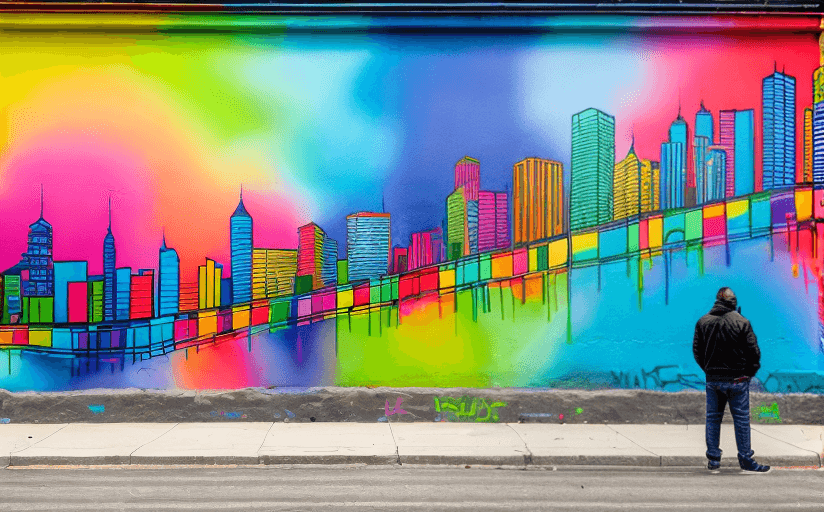

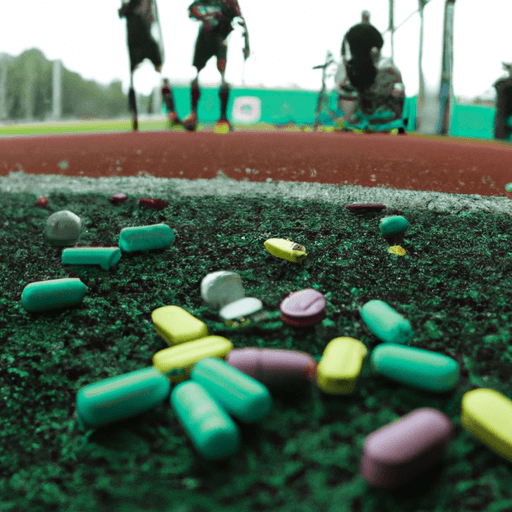
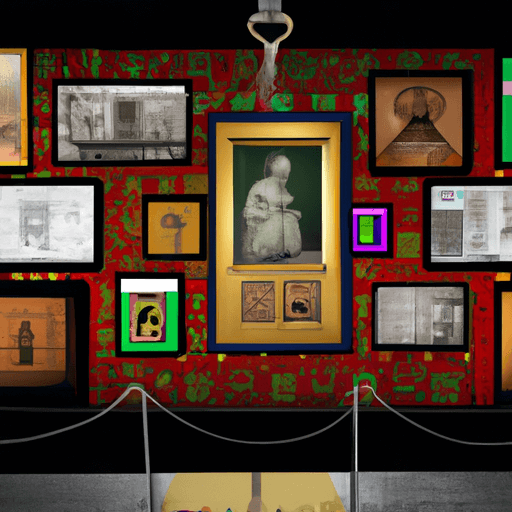
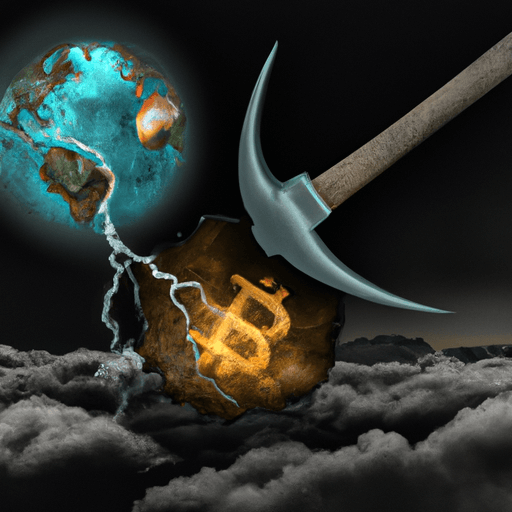
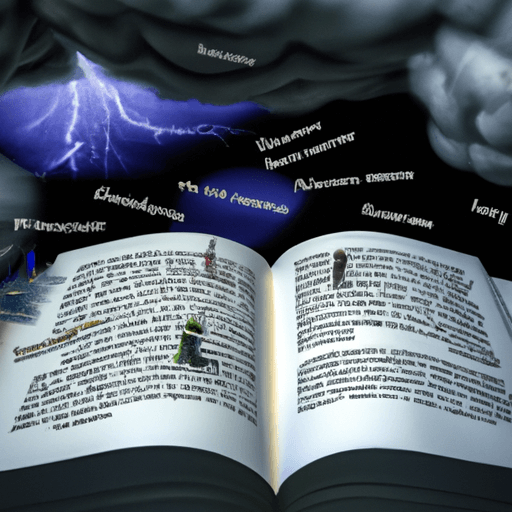
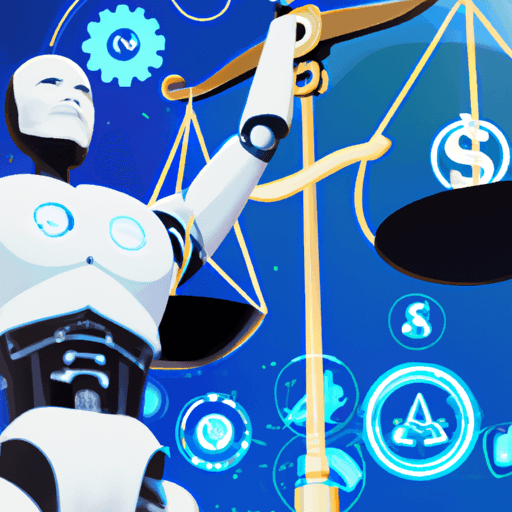
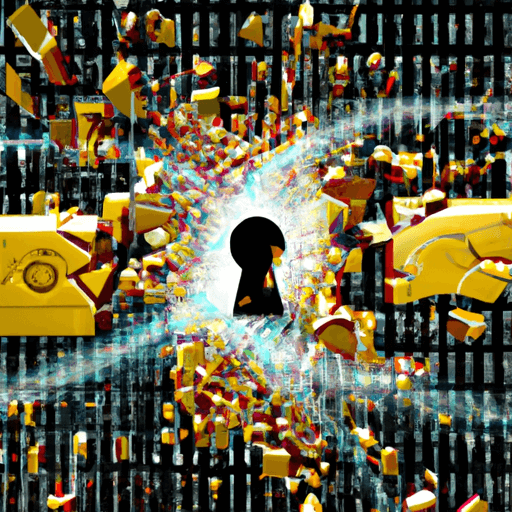

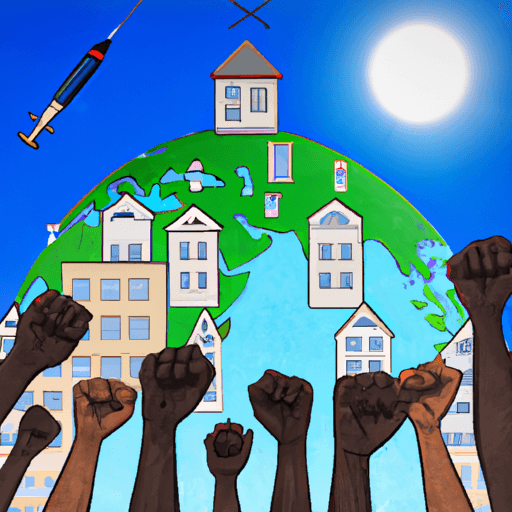
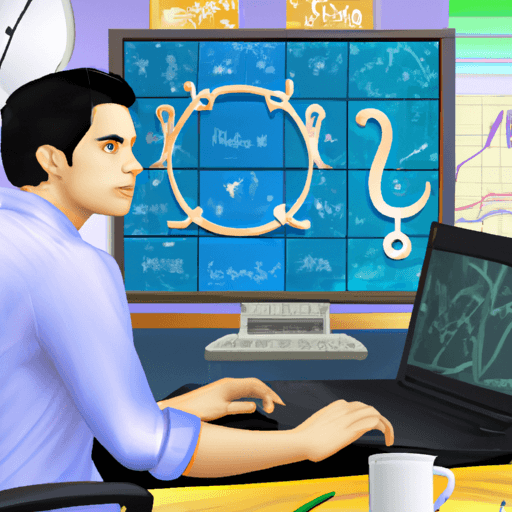

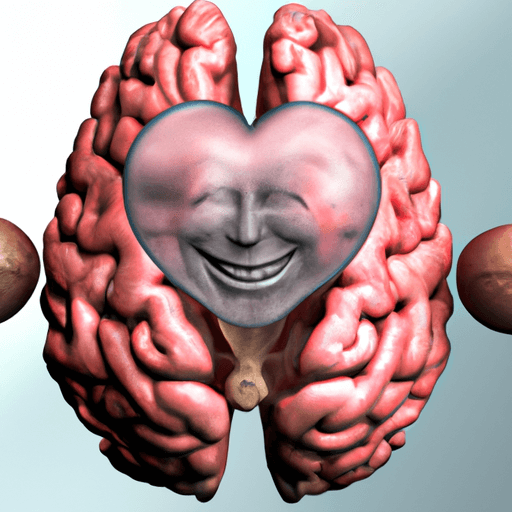
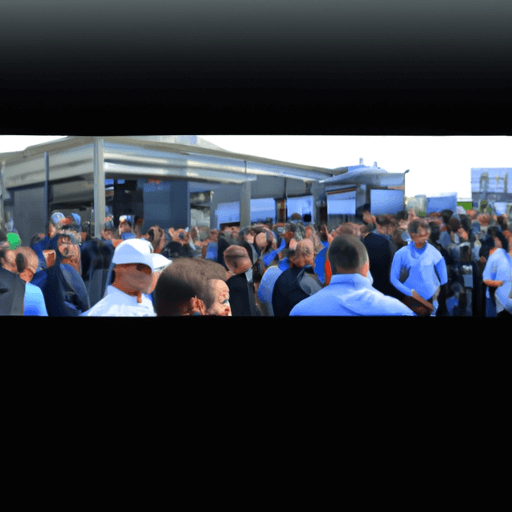
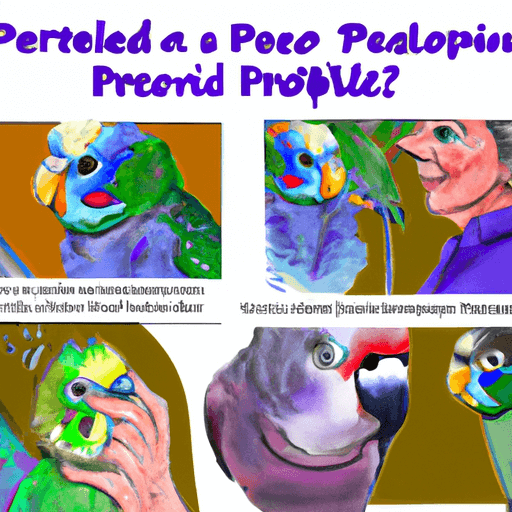
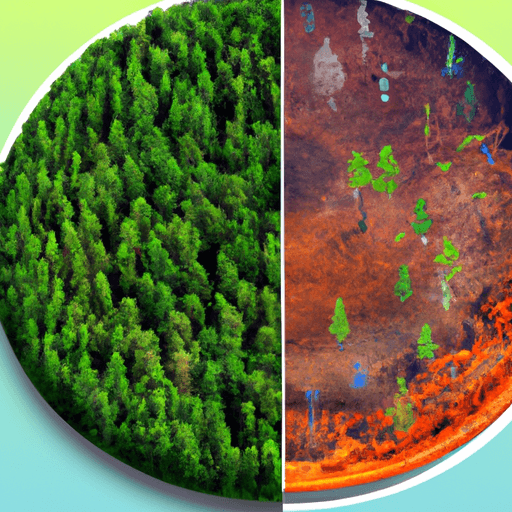
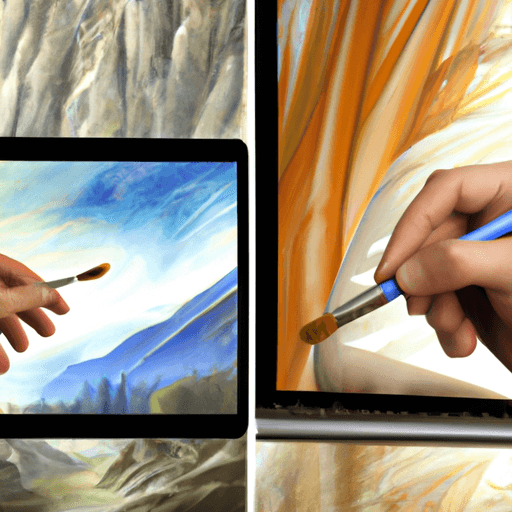
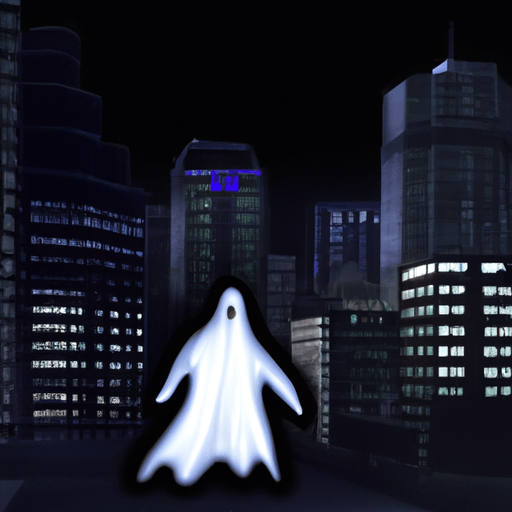
Comments
Leave a Comment